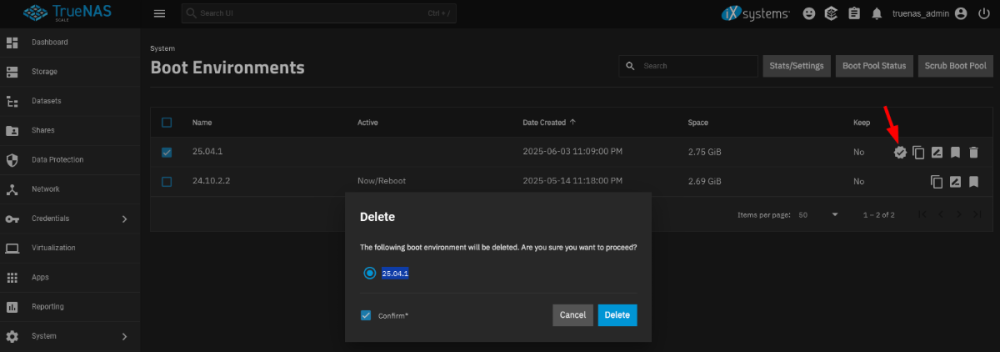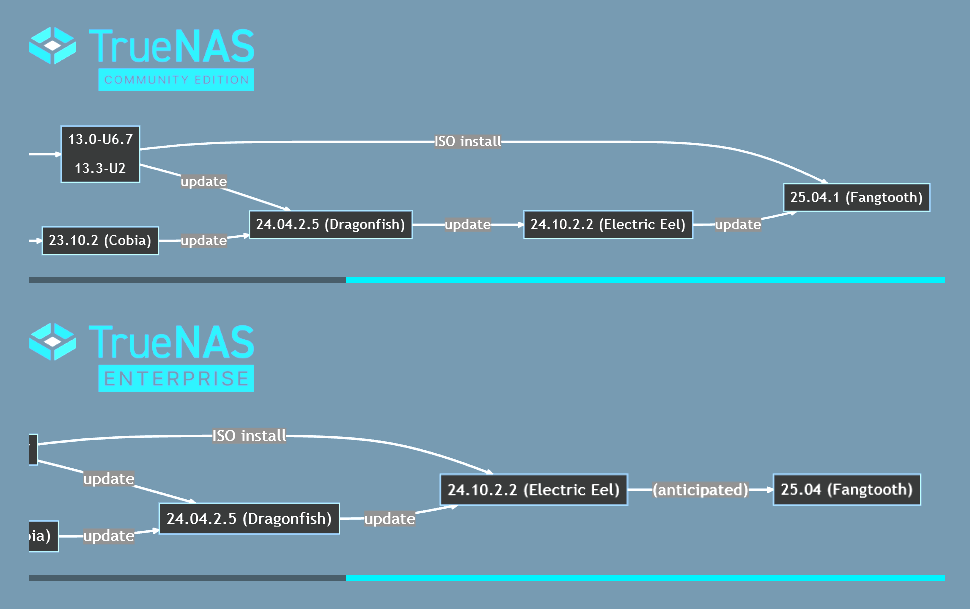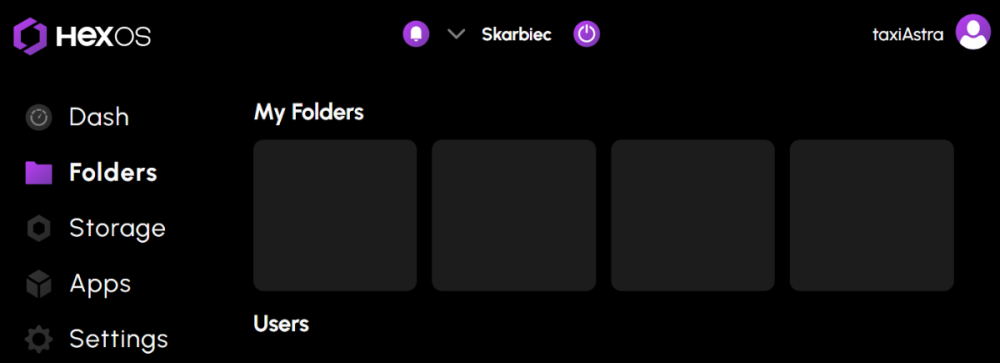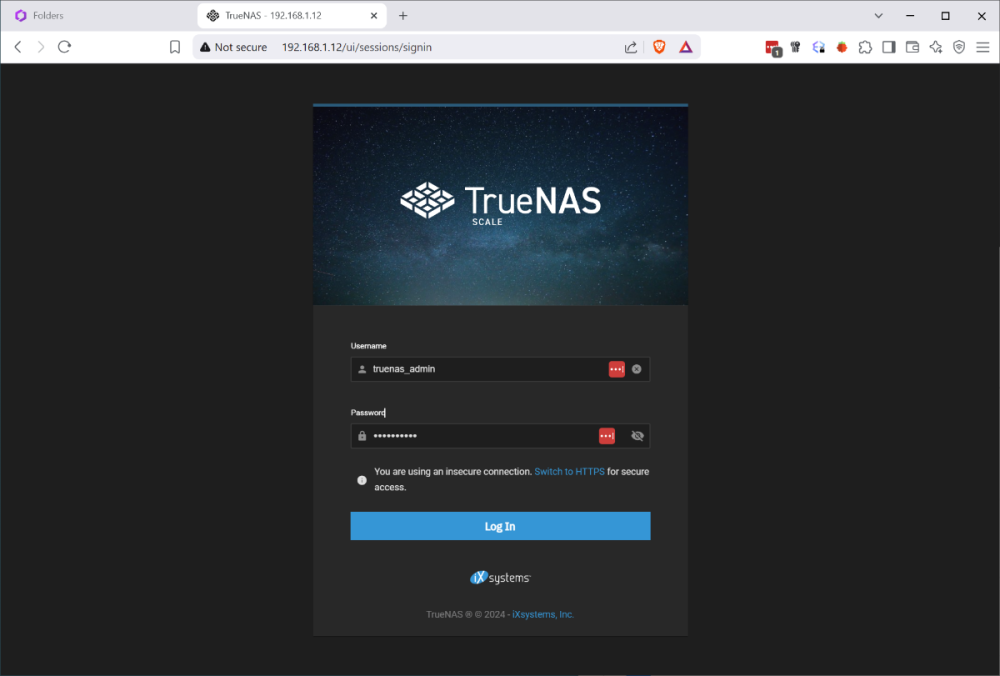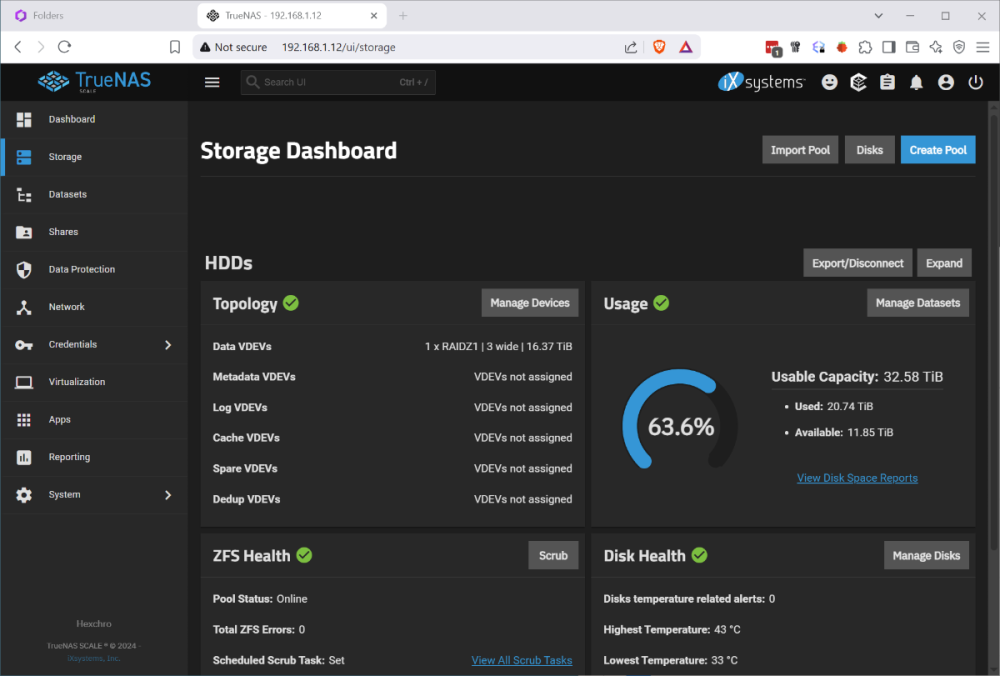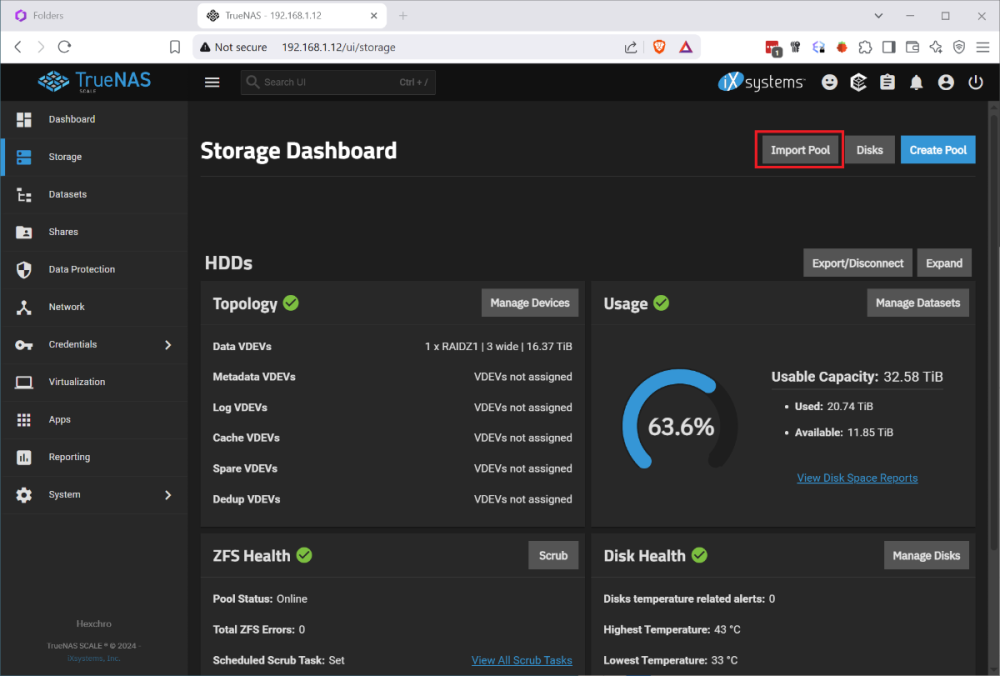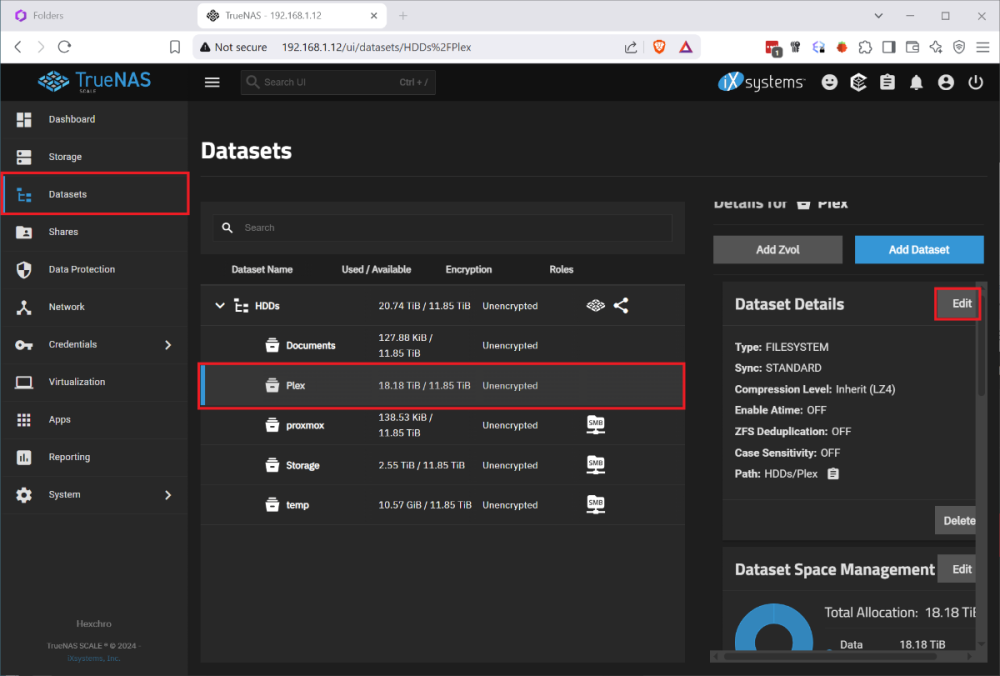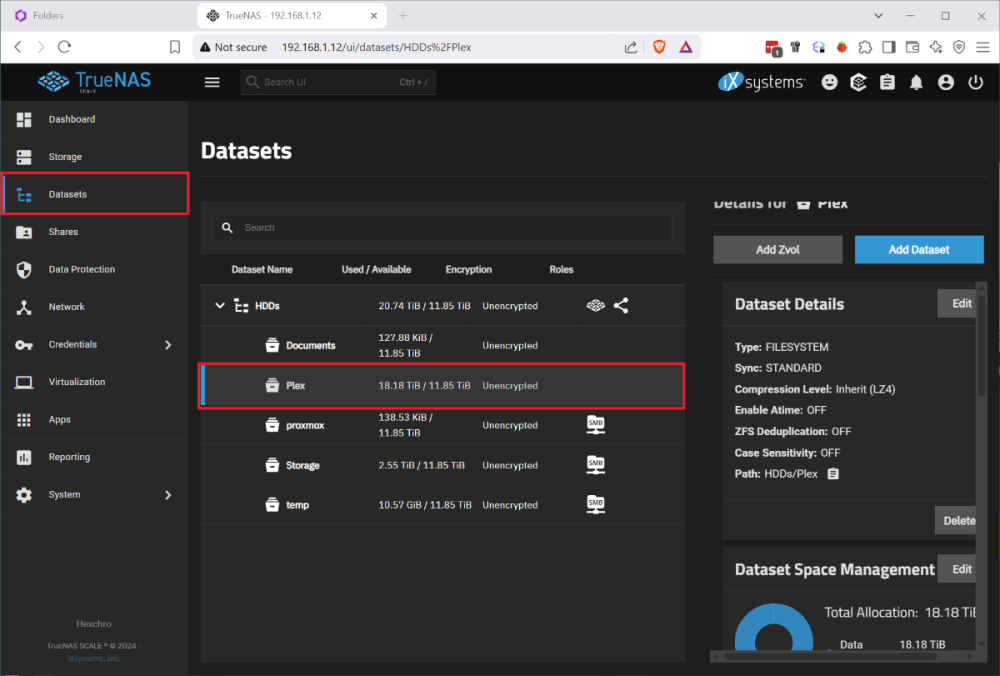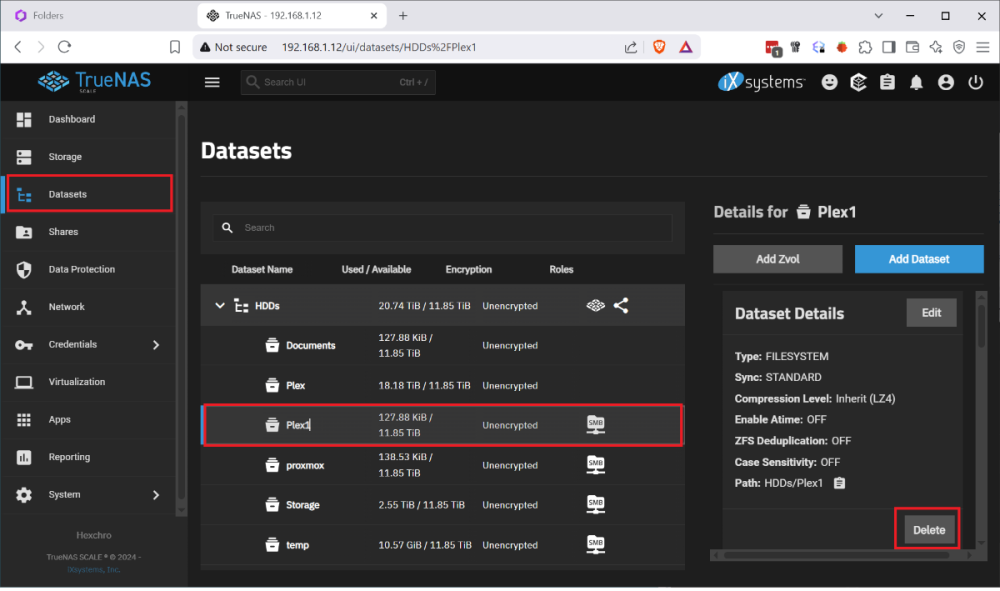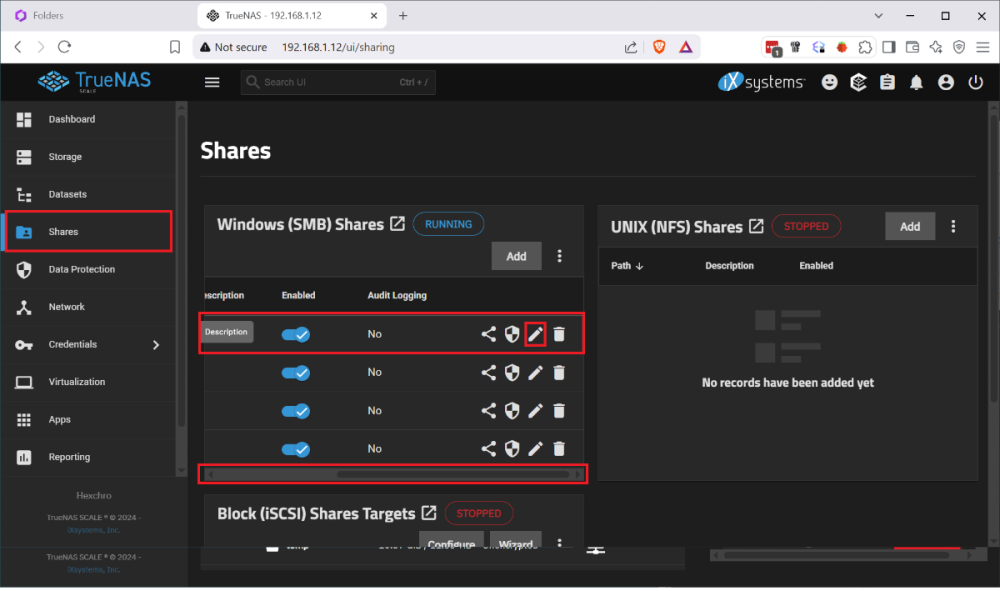All Activity
- Past hour
-
alexanderhuzar started following Can we update to 25.04.1 ?
-
I did the update anyway - end result is an inability to boot TrueNas interface, never mind HexOS connectivity (API). I'm running HexOS (TrueNas) as a virtual machine on VMWare Workstation. To fix this, during boot I selected the 24.10.2.2 boot environment and everything came back just fine. Then I went to System-->Boot, made the 24.10.2.2 active and deleted the 25.04.1 environment. Not sure why this isn't possible given the upgrade/update path, but a quick Google search shows many others have issues after upgrading (TrueNas middleware not starting, checksum verification failed, etc.). I wanted to ensure that I did an update because I am NOT doing a full reinstall. It takes over a month for IMMICH to re-index and transcode everything and I'm not savvy enough to figure out how to back up the IMMICH working directory and then restore it later. I only let it access my files elsewhere on the network for the purpose of generating a multimedia gallery. I don't upload to it. Also - I'm not going to reinstall NextCloud: I figured it out once with great pain and much time and endless nights with Chat GPT and don't get me started on the config.php file and "apt-get vim" to be able to do it. If someone wanted to inflict self-harm to themselves, figuring out how to install and work with NextCloud would probably be more soul-sucking than jumping off a bridge.
- Today
-
Rexsebus joined the community
-
nx3xo joined the community
-
Reset Configuration to defaults in Console Setup and now Server is Broke
Tyler14777 replied to Tyler14777's question in OS & Features
No, there weren't any errors posted other than the web interface indicating that there was an issue and then being unresponsive. On the monitor everything appeared to be ok outside of some orange text on the reboots that was too fast for me to see. I was able to fix the issue by pulling the OS drive putting in the Thumb drive installer and then rebooting. I then turned off the computer, put the drive back in, and was able to boot from the installer and do a fresh install. -

Reset Configuration to defaults in Console Setup and now Server is Broke
ubergeek replied to Tyler14777's question in OS & Features
Got a snip of the error or full log of the errors -
Reset Configuration to defaults in Console Setup and now Server is Broke
Tyler14777 replied to Tyler14777's question in OS & Features
By pulling out the Drive I was able to do a fresh install of the server. However, Plex still will not install (which is what kicked off this entire ill-conceived project). Will wait for an update but any official fix would be welcome. -
I was having issues with Plex not working and after messing with the DNS to try and fix the issue the HexOS command tab would not open but the Truenas web user interface would. Therefore, I plugged my server into my monitor and clicked on 9 (Reset Configuration to Defaults. After completing this the HexOS command center reappeared but nothing would work. It was labeled an unhealthy server and I tried to reset through the HexOS interface and wipe all the data. This has had no effect and the server remains as it was. I have also been unable to boot into the bios to attempt a clean install as it always goes to the HexOS launcher. What do you suggest I do? Reinstall is fine but I would like my system to work again.
-
robertou joined the community
-
crazyfrog joined the community
-
Michael.a joined the community
- Yesterday
-
taxiAstra started following My Folders not showing
-
Hi, I couldn’t find anything about this on the forum — am I the only one experiencing this issue? When I go into the "Folders" section, it stays in a loading state for a long time. Then the "New Folder" button appears briefly, but after that, it just loops back to loading → new folder → loading again, and so on. Here are some screenshots to show what I mean: Is there a fix for this?
-
TVDL2000 joined the community
-
mpk joined the community
-
Deadmyk joined the community
-
AtomicH3 changed their profile photo
-
pspman joined the community
-
BoosderBoss joined the community
-
Exactly why I made this post - to encourage ongoing dialogue. (BTW - on MY media player just now happens to be a delightful mix of uplifting house transitioning to solid, German techno)
- Last week
-
having a similar issue: in TrueNAS I was able to see the server was not running and looked at logs seeing. Not sure how to fix this. 2025-06-02 13:02:07.473482+00:00microservices worker error: PostgresError: password authentication failed for user "immich", stack: PostgresError: password authentication failed for user "immich" 2025-06-02 13:02:07.473602+00:00at ErrorResponse (/usr/src/app/node_modules/postgres/cjs/src/connection.js:790:26)
-
Thank you so much. I had seen other treads with other ways to fix this issue, but they were convoluted. but this worked first go and was super simple. Thank you again.
-
Just a comment on the question itself, ”What new gear are you interested in?” I believe this topic by @Dylan will have eternal life. I compare this to a Swedish hifi forum I take part in, where a user in September 2005 posted the topic ”What are you listening to right now?” Two simple and innocent questions started it all. ”What’s rotating on your record player right now? What’s playing in Windows Media player at this moment? ” This topic is still active now in 2025 with new posts regularly. Hifi people always listen to music 😉 And in the area we’re in, there will always be new computer gear to catch your eye. Or new software, for that matter. I believe this was like hitting the nail on the head. A reflection on a Monday.
-
Yeah, and that method breaks HexOS dashboard which is not obvious, nor expected. Kind of important detail. It would be one thing if it was just something you had to (temporarily) do through TrueNAS, for it to show up. But it's quite the opposite effect.
-
@freid, please keep us updated. You are one of the first who can play with the WTR MAX! I am really curious about your experiences with this device.
-
yes Kinda sorta. adding a m.2 ssd as L2ARC will automatically cache. the most used files and speed up the performance when reading them. A special VDEV will also speed up the entire ssd to a certain degree especially when you have thousands of folders with thousands of files in them like what i'd expect from database workloads. However its not actually tiered behavior
-
Same Issue here
-
Thanks for the heads-up. From what I understand, unlike a typical Synology setup, TrueNAS doesn’t use SSDs for caching by default — instead, it relies entirely on RAM. So, if I want better performance, especially for read/write speeds, I should focus on adding more RAM. Is that correct? One of my intended use cases is running Docker containers with databases. If I install M.2 SSDs, would it be possible to combine them with my existing CMR HDDs in a way that prioritizes SSDs for high-performance data, like database workloads? Ideally, I'm hoping this can be handled automatically — does HexOS support that kind of tiered storage behavior?
-
Did this ever get resolved, I am having the same issue.
-
Great write up. I'd do it the same way Steps 1-6 is all that's needed (at this time) to reclaim a disconnected server using the same boot drive for anyone with that problem
-
I ran into the issue that my boot drive was corrupted and I had to restore my HexOS install from scratch. I found posts that said basically just reinstall it but nothing that explained the process. I had several issues, when I reinstalled HexOS it wanted to wipe my raid, once i disconnected the raid and went through the initial setup, I had no shares. So I wanted to document this so that others with this issue find a solution instead trying to rename and recreate shares and move data between datasets. This was done after I figured out a process for doing this so sorry if I missed any steps. Step 1. Remove the bad boot drive. Step 2: Disconnect the Raid drives. Step 3: Install your new boot drive and usb HexOS install media. Step 4: Follow the standard install process, including setting your admin account and claiming your server. When you finish the setup you will not have any disks so you will name your server and just continue. Step 5: Shutdown the system. Step 6: Reconnect your raid drives and boot up. Step 7: Log in to the TrueNAS gui by going to the IP address of your server in the browser and using the credentials you set up during install Username: truenas_admin Password: <whatever you entered at install>. Step 8: Go to Storage Tab and select Import Pool. 9: Select your pool from the drop down it should be named 'HDDs' and select Import. It will take a few minutes to import and complete. At this point the storage should be detected in HexOS and you should be able to start creating shares, but your existing folders and shares will not have returned. To get your shares back you must recreate them by renaming your datasets and naming them back as follows: Step 1: Under Datasets you can find all of your existing data on the RAID. Find the Dataset you want to restore in HEXOS and note the name. Step 2: Back in HexOS go to the Folder tab and select 'New Folder' Note: you may want to recreate your old users manually or create your folders with public access and recreate the users and add permissions later. Step 3: Create a new folder with the same name as the Dataset but add a 1 (In this case 'Plex1'). Make sure to keep the array the same 'HDDs; and give it the permissions you want (this can be adjusted later). Step 4: Back in TrueNAS go to Shares and select the edit button on the 'Plex1' share, depending on screen resolution you may need to scroll the horizontal scroll bar to the right. Step 5: In the side bar remove the '1' from the Path or use the drop down to select the original shared folder, then click into the Name field which should auto update and remove the 1. Step 6 Scroll down and click 'Save' and you will be prompted to restart the SMB service, do this and your share should be updated. Step 7: Navigate to the dataset tab select the 'Plex1' dataset and click delete on the right side. It will make you confirm by typing the whole dataset path. Step 8: When this is done you should be able to refresh the folders tab on the HexOS page and see the updated folder name (it took a minute to refresh for me). Redo this for each share that you wish to recreate. Once I did this and set up the users and permissions correctly, other servers I used to connect to my shares started working seamlessly. I didn't experience this but I can imagine you may run into some permissions issues since the new users in HexOS could have different IDs than before. Unfortunately you would need to manually adjust permissions on the files and folders. P.S. I imagine minutes after posting this someone will tell me I am dumb and should have done it this way, or someone else posted better over here. If that's the case let me know and Ill point to a better example, but when I needed help I couldn't find it.
-
Correct, but it is the only way currently until they push an update for HexOS that supports single drive pools. But good job pointing out the obvious.
-
Hey @freid What do you want to do with the cache drive? Please check this post from @Sonic for more information about cache in Hexos:
-
Exciting update! My AOOSTAR WTR MAX, which I ordered on April 2, 2025, has finally shipped as of May 29, 2025. I'm planning to re-use some existing hard drives, but for RAM and cache, I'm considering the following: RAM: Kingston Fury Impact 64GB (2x32GB) DDR5-5600 (Spec Sheet) Cache SSD: Crucial P3 Plus 1TB PCIe Gen4 NVMe SSD (Product Page) What do you all think? Are these solid picks, or would you recommend something better?
-
Noob here. Am i correct in saying that when I install hex os, i can also install AMP without installing a virtual machine to run/host games as a server like valheim and satisfactory?
-
daltonlsw changed their profile photo
-
I have the same problem

